Technology has brought Hong Kong’s historically infamous Kowloon Walled City back to life, unraveling some of the mysteries of one of the most secretive, densely populated enclaves on Earth. Oasis Hu reports in Hong Kong.
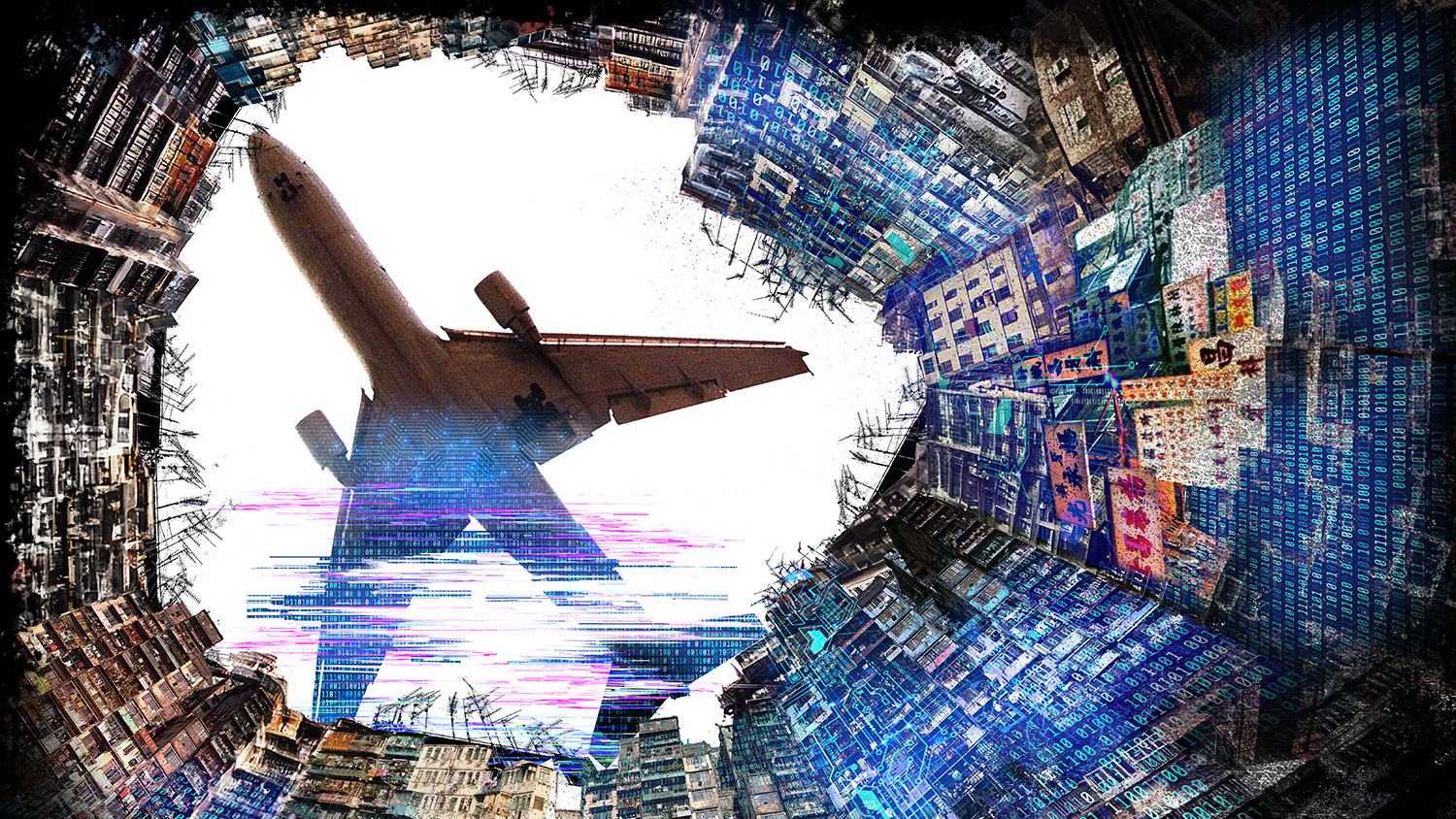
What would the Kowloon Walled City — Hong Kong’s lawless enclave demolished in 1994 — look like if it were still alive thriving?
Becky Wong Pik-ki, a co-founder of local game company Index Game, has the answer in the metaverse.
Entering the metaverse, one can see the Walled City breathe on a singular night in 2169. In the dark sky, autonomous vehicles glide smoothly past neon signs reading “jewelry store”, “cha chaan teng” (tea restaurant) and “night club”, while mahjong tiles fly above rooftops, and robots walk through packed tenement buildings.
The cyberpunk and surrealistic Walled City is depicted in the sandbox game Walled City Rhapsody, which Index Game launched this year.
Established in 2021, Index Game is the first Hong Kong company to have won endorsement and investment from Sandbox — an innovative French blockchain technology gaming platform that empowers users to develop their virtual realms within the metaverse and craft diverse gaming experiences.
READ MORE: Walled City's Wildest Dreams achieved by AI
Endorsed by Sandbox, Index Game could develop its sandbox games, and Wong swiftly decided to infuse Hong Kong’s cultural elements into her first project, which became the popular game Kowloon Walled City. “We are Hong Kong locals. We can be better at showcasing our culture to the world than others,” she says.
Hong Kong has more than its fair share of renowned landmarks — Temple Street, with its iconic night market; Tsim Sha Tsui, featuring the Avenue of Stars; and Lantau Island, renowned for the world’s tallest outdoor seated bronze Buddha. Despite these options, Wong and her team opted for the Walled City.
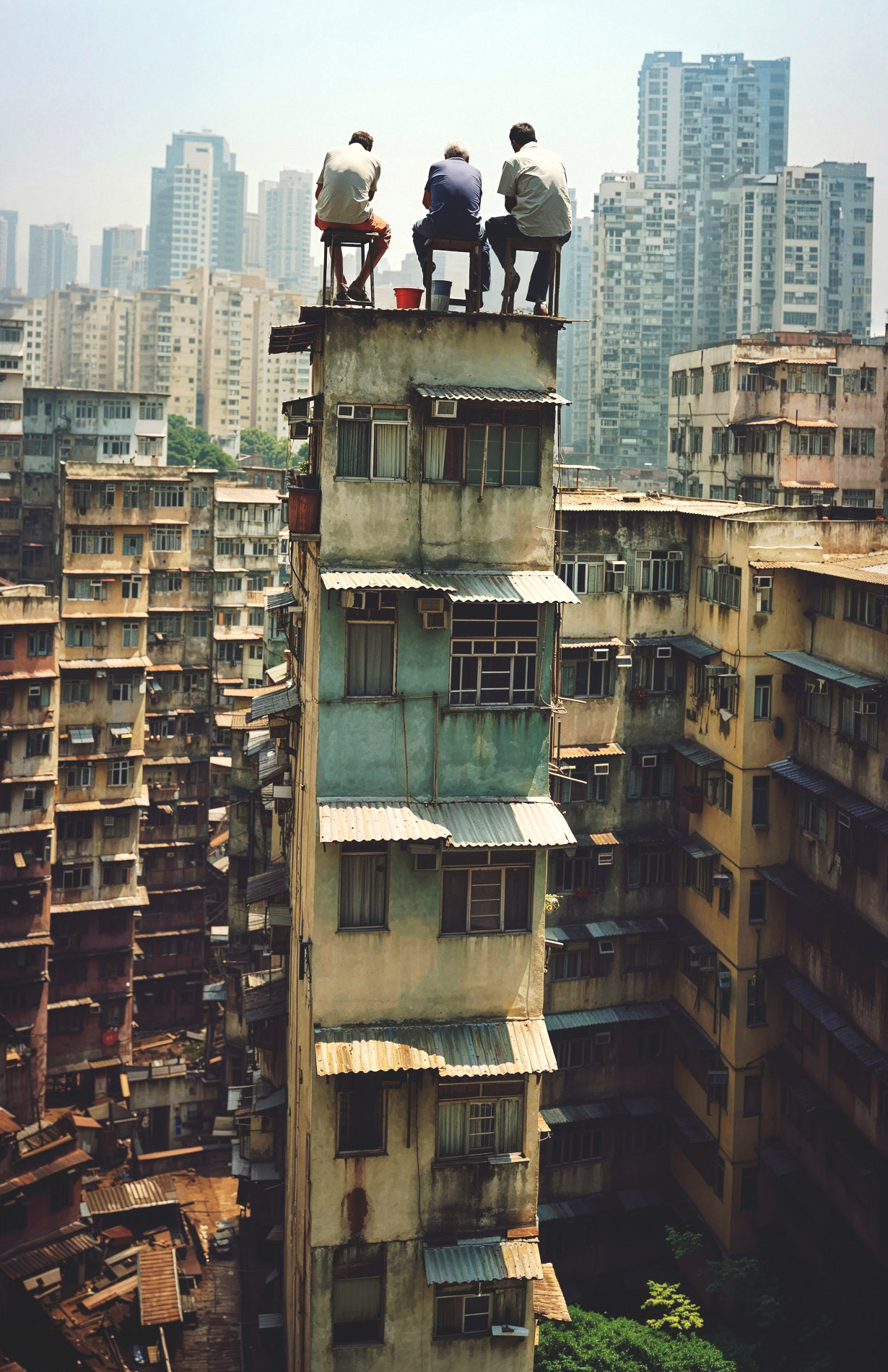
Her initial encounter with the Walled City dates back to her school days, when she came across numerous stories portraying it as a destitute and disorderly place. Upon delving into what the enclave was actually like, the truth was unearthed — it was not just an impoverished place, it was a nexus of illicit trade.
In 1847, China’s Qing Dynasty (1644-1911) built a walled city in the heart of Kowloon as a military outpost — the inception of the Kowloon Walled City. In 1860, the defeated Qing Empire in the Second Opium War was forced to cede Kowloon to the British, but the Walled City was not included in the shifted jurisdiction. Consequently, the area became an unregulated quarter where neither the British, mainland Chinese, nor city authorities held any sway.
During the 1960s and ’70s, a significant influx of Chinese mainland migrants sought refuge in the Walled City, leading to a remarkable surge in its population. By 1987, the fortress — a space equivalent to four soccer fields — had become home to about 33,000 residents, making it the most densely populated area on Earth at that time.
The overcrowded living conditions resulted in abysmal hygiene. Furthermore, the absence of regulations helped breed all sorts of vices, such as gangs, pornography, gambling, and drug abuse.
As Wong dug deeper into the Walled City’s history, she discovered an assortment of stories of its grassroots residents who had transformed their fates and helped others tide over hardships. “The place was ridden with crime but exuded human warmth. That was authentic Hong Kong. It was this local flavor that made it so distinctive and captivating,” she says.
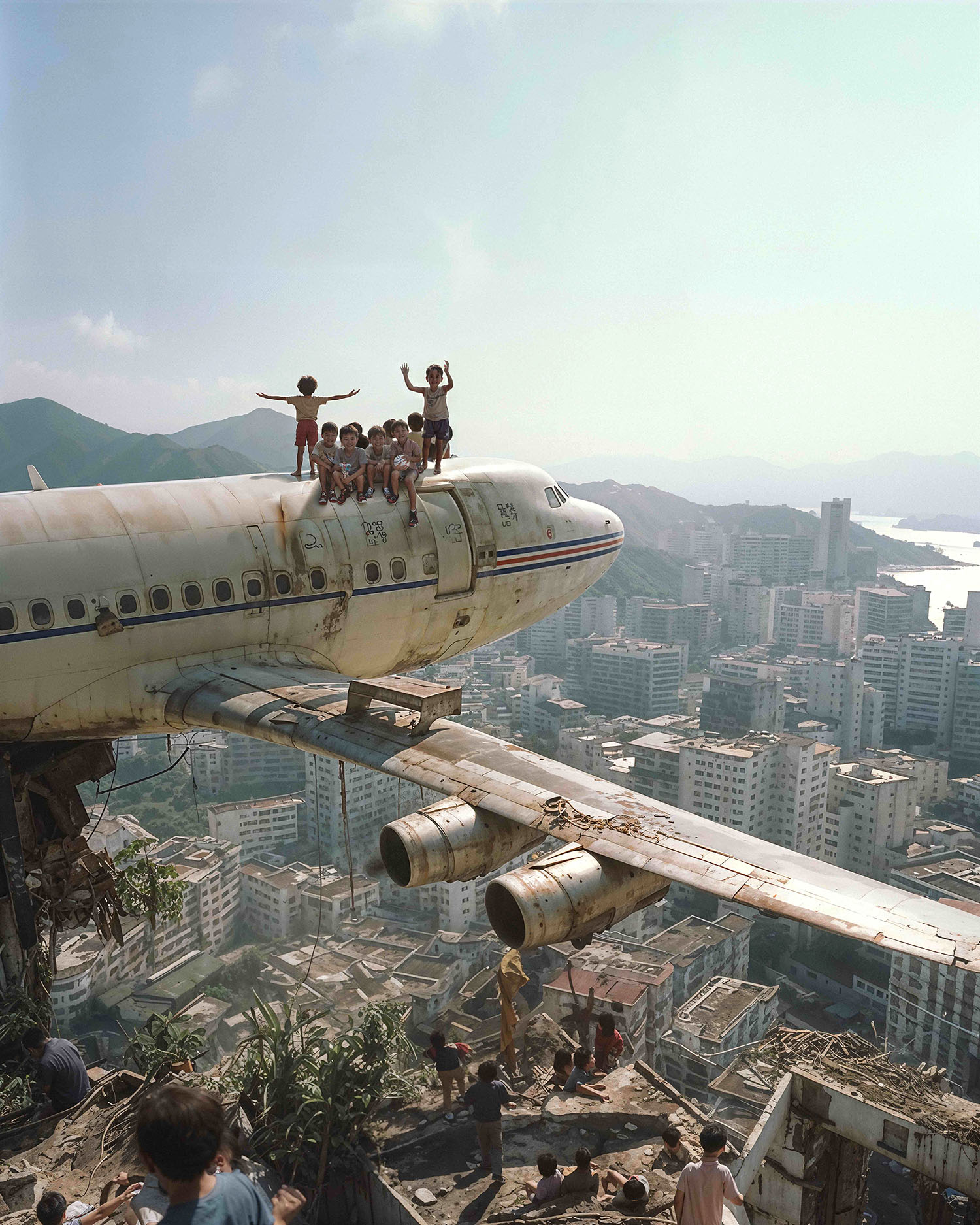
Another motivation behind her choosing the Walled City is that it has disappeared. In 1994 — three years before Hong Kong’s return to the motherland — the then-British Hong Kong government, which saw the enclave as a tumor in terms of governance, demolished it and began transforming it into the Kowloon Walled City Park. “We wanted to revive this vanished place with technology,” Wong says.
After finalizing the game’s theme, she and her team dedicated months to learning sandbox tools and crafting designs. They focused on re-creating features of the Walled City, like tenement buildings, neon signs and its shops, within the metaverse.
To win Kowloon Walled City, players need to navigate the Walled City to amass gold coins, symbolized in the game as pineapple buns — Hong Kong’s beloved sweet buns. The game itself is not challenging, Wong explains. The goal is to let players thoroughly explore every corner of the maze-like Walled City, encouraging a profound understanding of the place and enticing them to linger here longer.
Kowloon Walled City was launched in Hong Kong in July 2022. It turned out to be a hit, amassing more than 50,000 players from diverse countries and regions, such as the Chinese mainland, the United States, South Korea and Taiwan. It also received substantial media coverage and was often featured in technology and art exhibitions worldwide.
The game’s success paved the way for its sequel, Walled City Rhapsody. To deliver a more thrilling experience, this game takes the Walled City into the future, shifting the gameplay from collecting coins to unraveling mysteries. The player becomes a detective summoned to the Walled City to help its proprietor unravel a serial missing-person crime. During the investigation, the player stumbles upon a series of mysteries — a shop peddling limbs, a factory crafting humans, and a sect of adherents cloaked in black robes. As the mysteries deepen, a revelation emerges — artificial intelligence is orchestrating an uprising against humans.
“We want to leverage technology to captivate the interest of today’s tech-savvy youths and revive their curiosity in Hong Kong culture and Chinese heritage, especially those that have disappeared or are underrepresented in history,” Wong says.
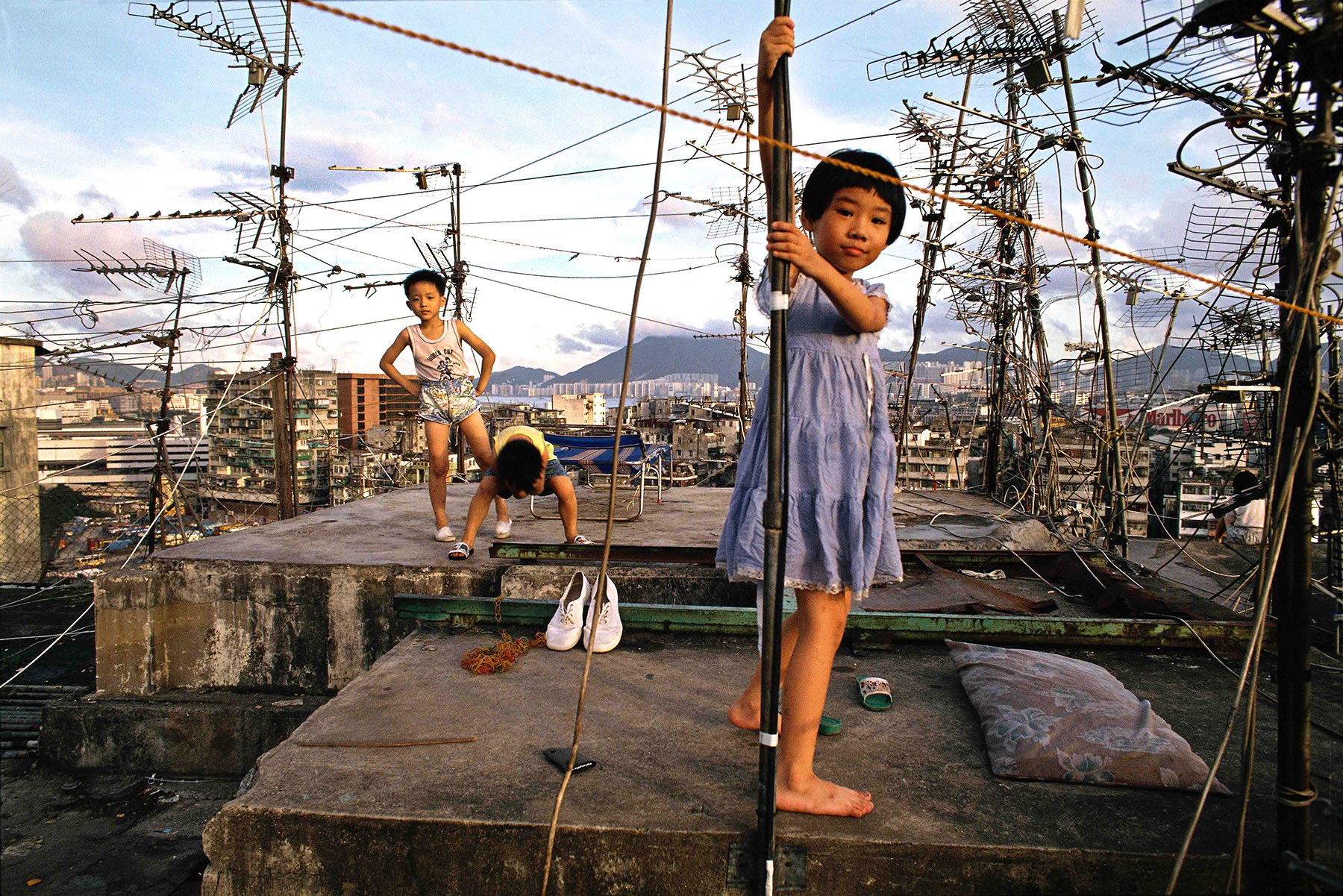
Enduring charm
Yip Tak-ping, president of the Hong Kong History and Culture Society, says that within Hong Kong’s cultural tapestry, the Walled City stands as its key cultural emblem that deserves to be better preserved, calling it an “urban miracle”.
“If such a political enclave were to exist in a remote location like Africa, it wouldn’t be that impressive. But it thrives at the heart of Hong Kong, a bustling cosmopolitan hub, which is a super rare landscape.”
As a political enclave, the Walled City also cultivated a culture of spontaneous governance orchestrated by diverse gangs. This culture encapsulates the essence of Xia — a group of knight-like errantry in ancient China, Yip says.
In ancient China, Xia operated independently from the government, utilizing their methods, including Chinese martial arts, to resolve conflicts. The spirit of Xia — a refusal to compromise with norms and a rejection of official constraints — is the essence of the Walled City that could transcend eras and continue to resonate today, Yip says.
Fredo Cheung Ka-wing, CEO of the Hong Kong Resource Centre for Heritage, calls the Walled City a symbol of Hong Kong’s spirit of self-reliance, determination, and self-achievement.
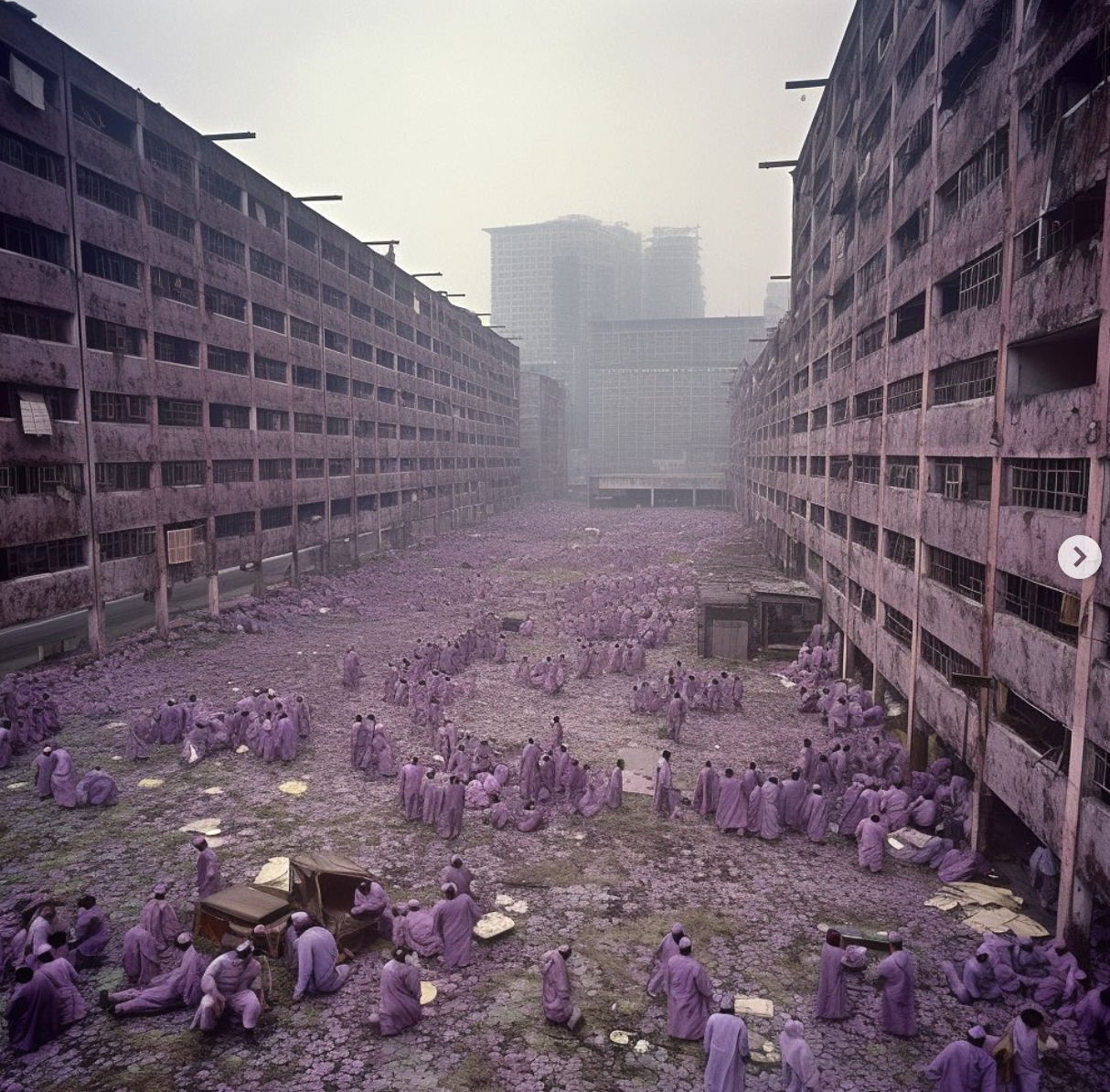
Former Walled City resident Yim Chiu-tong agrees, citing his own experience. In the early 1960s, he was clandestinely transported to Hong Kong from the Chinese mainland. To make a living, he moved into the Walled City in the early 1970s with his wife and three children, squeezing themselves into a 26-square-meter living space.
“The environment was incredibly packed,” Yim says. His home was nestled snugly between two buildings — a configuration akin to a sandwich. “I could extend my hand through the window and shake hands with residents in an adjacent building on the same floor.”
It was also dirty. Walking about in the Walled City, Yim says he could smell the strong stench. Blocked by all sorts of structures, he couldn’t see the sky at all, with water pipes crisscrossed and densely packed, and water often dripping down. When it rained, or during a typhoon, the enclave would be flooded everywhere.
Illicit activities like the drug trade, vice and gambling ruled the day. However, there was a distinct separation between the criminal elements and the public. “The criminals refrained from meddling with us, and we kept a distance from them,” Yim says.
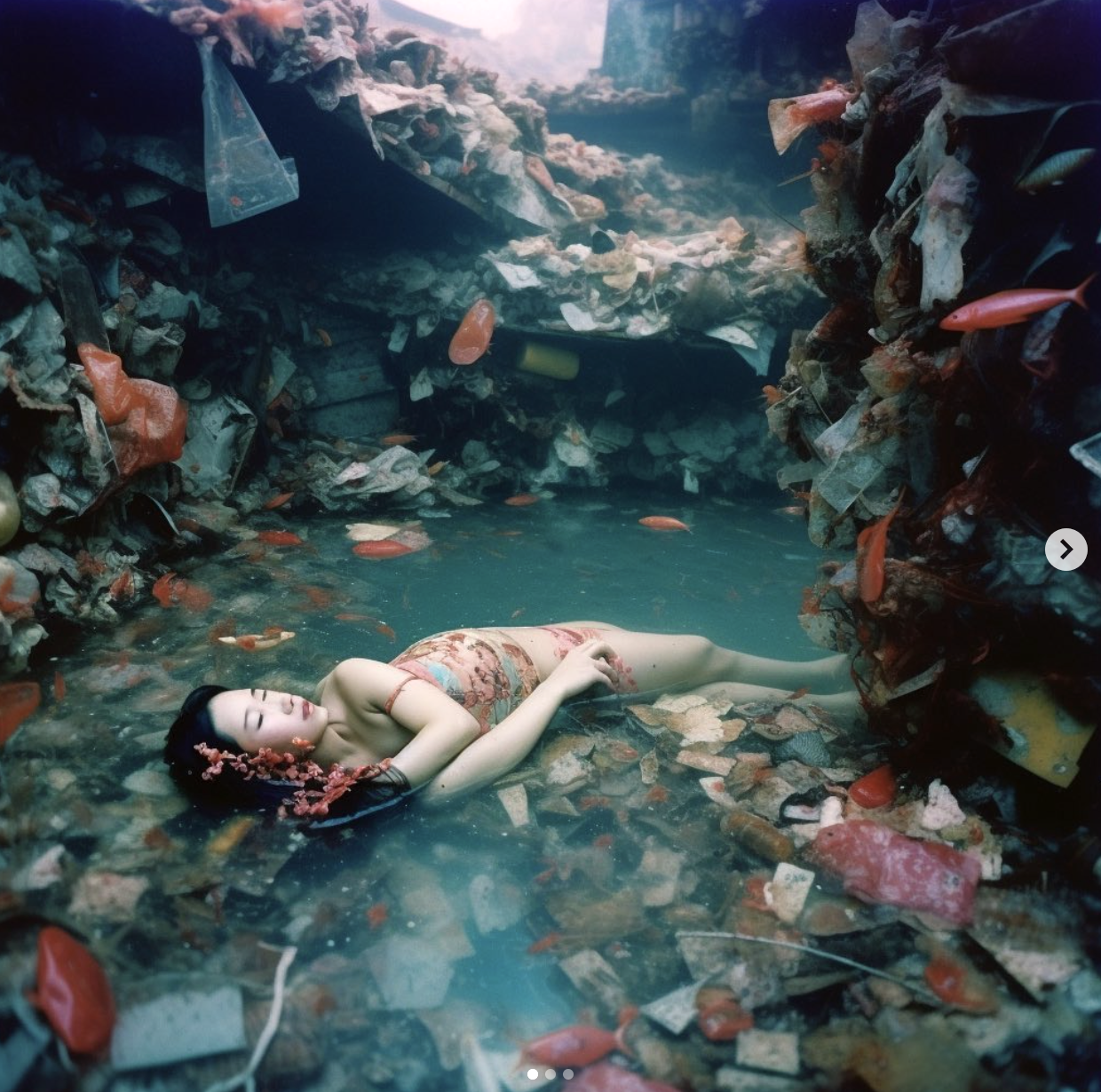
Despite the dilapidated, filthy environment and safety concerns, many residents still chose to live in the Walled City for a living, according to Yim. “You didn’t have to pay rent. The cost of living was low. With hard work, you could save a lot and change your lives.”
Free of legal constraints, residents there could run unlicensed businesses. Many of the establishments catered to various needs, such as dental clinics managed by doctors clandestinely imported from the mainland; bone-setting services; home-based shoemaking workshops; grocery stores; small eateries; and much more. They worked hard to provide affordable goods and services, attracting not only Walled City residents, but also outside clients, Yim says.
The Walled City helped Yim kick-start his career. He set up a business specializing in plumbing and repairing water pipes. He diligently inscribed numerous advertisements by hand, strategically positioning them outside the fortress’ walls, along roadsides and at bus stops. After having lived there for three years, he managed to save HK$140,000 ($18,000), bought a home in the Yau Ma Tei district, and moved out of the Walled City.
Over three decades, Yim had carved out a name for himself, earning a reputation as the city’s “plumber king”. His handcrafted advertisements had evolved into a recognized local art form, stealing the show at various art exhibitions.

Conservation urged
The Walled City embodies the Hong Kong spirit of perseverance and resilience, Yip says of the Hong Kong History and Culture Society. Cheung says that such a spirit resonates with modern entrepreneurship, a cultural asset that Hong Kong could preserve.
But the enclave, despite being one of the city’s most distinguished cultural icons, hasn’t been effectively preserved, Yip and Cheung agree.
Yip laments that the Walled City Park fails to authentically represent the enclave’s cultural essence. “Are historical guided tours of the Walled City available? Can visitors explore its history, images or video footage of former residents? In what ways can the architectural style of Chinese traditional buildings reflect the real history of the Walled City?”
Cheung insists that the Walled City’s cultural legacy includes not only tangible heritage but also intangible ones. Preserving its cultural legacy should transcend physical locations and encompass the cultural milieu that envelops the region.
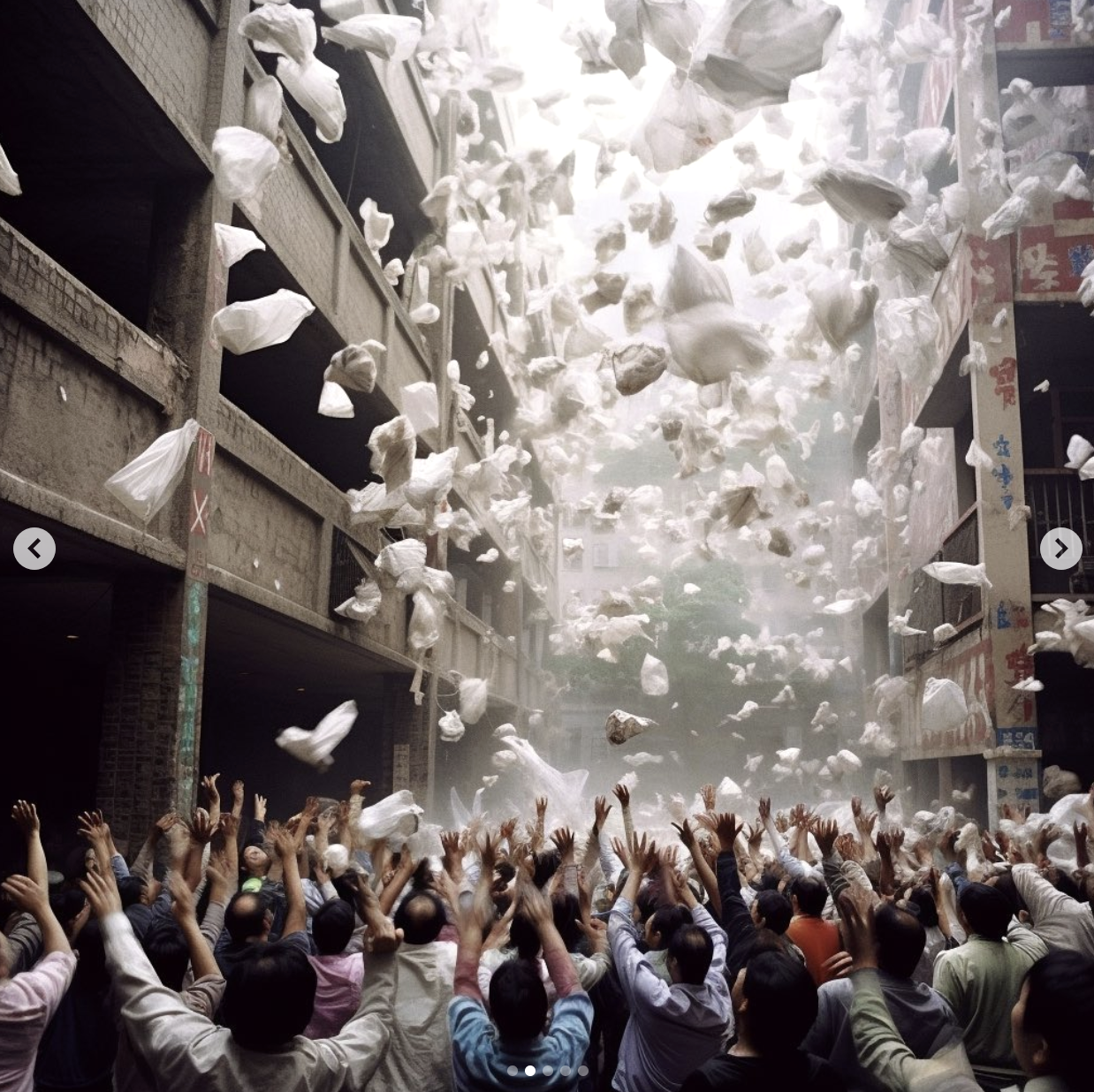
After the Walled City went under the bulldozers, its Chiu Chow residents, originally from eastern Guangdong province, and Thai residents, who had relocated from their homeland, had to leave. But, they chose to live around the Walled City, set up settlements there, and cultivated a unique cultural environment defined by streets lined with Chiu Chow or Thai stores.
However, the Nga Tsin Wai Road/Carpenter Road Development Scheme to revamp that part of Kowloon will transform the area where the Chiu Chow and Thai stores are located into a pedestrian walkway and market square.
The Hong Kong Special Administrative Region government has vowed to preserve spaces for these businesses, offering them concessions like lower rents. But less than 40 percent of these businesses are unwilling to return.
The area’s reconstruction is projected to span at least 10 years, meaning these businesses would have to wait for a decade to relocate. Besides, the government-assigned sites for these enterprises deviate from the central hub where the Chiu Chow and Thai shops had historically flourished.
In response to a telephone inquiry from China Daily, the Culture, Sports, and Tourism Bureau stated that the concept of preservation does not apply to the Kowloon Walled City, as it has been demolished. The bureau also said that the future development of the Kowloon Walled City Park falls outside its responsibility.
The Urban Renewal Authority responded that they would keep close communication with these culturally diverse tenants and devise the most appropriate arrangements for them to maintain their cultural characteristics.
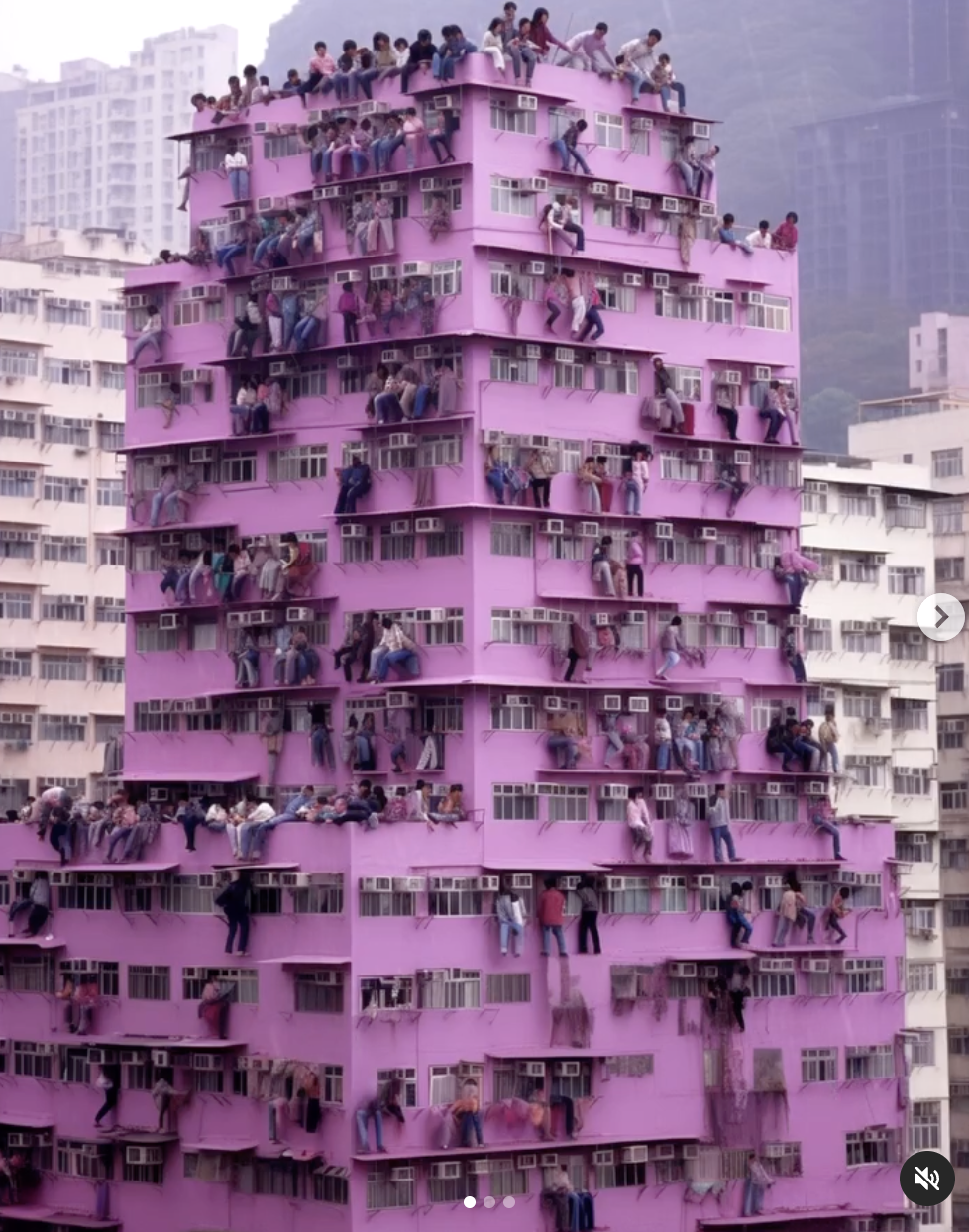
Henry Duh, the associate dean of the School of Design at the Hong Kong Polytechnic University, highlighted the spiritual legacy present in many demolished buildings, as cultural values transcend physical structures.
For example, the Chinese mainland took significant steps to conserve and restore Yuanmingyuan, or the Old Summer Palace, a large imperial garden destroyed in 1860. This preservation effort resulted in substantial cultural and economic benefits.
For the Kowloon Walled City, offline initiatives like oral history recording and immersive travel programs could be valuable, while online efforts such as data collection and the digitalization of related information can also be made. These actions hold promise for preserving its enduring legacy, Duh said.
“The government’s attitude shows that it lacks a thorough and comprehensive cultural preservation strategy,” Cheung said.
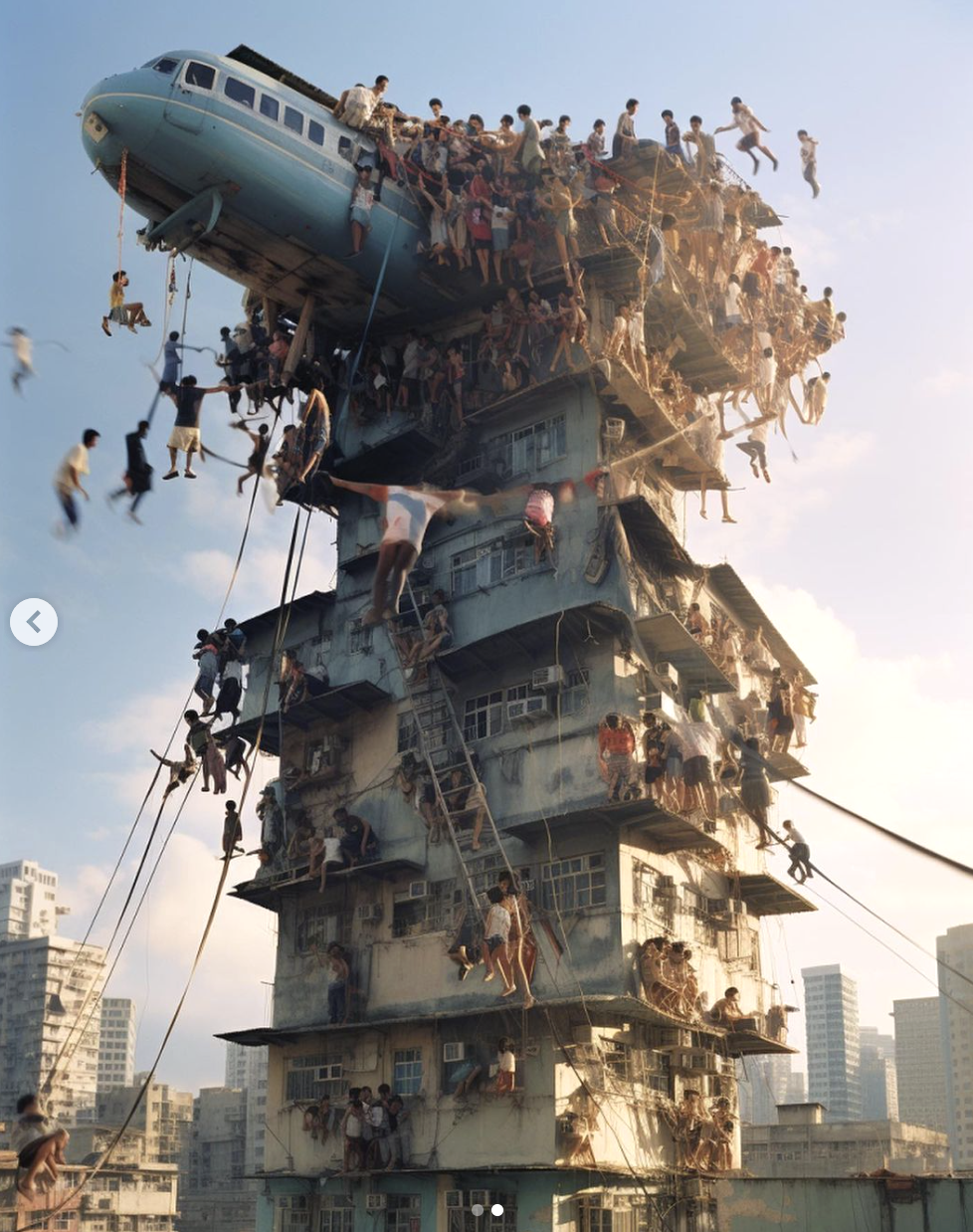
Public endeavor
Today, most of the cultural preservation efforts in the Walled City are carried out by the public.
Since the 1970s, the Walled City has been a focal point for creative expression, with 19 movies, three television series, four novels and three comics worldwide revolving around it. The most recent example is Twilight of the Warriors: Walled In (2024). Centered on gang rivalries within the city, the film has garnered around HK$900 million globally with a budget of HK$50 million allocated for re-creating the Walled City as a backdrop. It has been chosen to represent Hong Kong in the 2025 Oscar competition for the best international feature.
This year, many local organizations have orchestrated Walled City-themed activities. During Halloween, a shopping mall at Kai Tak launched a murder mystery game centered on the Walled City, while Ocean Park put up a haunted house drawing inspiration from the vanished fortress. A charitable fund curated a night market that captured the ambiance of the Walled City.
From mid-October to Dec 1, the Blue Lotus Gallery in Sheung Wan, Hong Kong Island, hosted an exhibition showcasing photographs centered on the Walled City. What set the exhibition apart from others was that it not only featured a genuine Walled City, but also artificial intelligence-generated artworks of the place.
Children playing on the swing amid towering tenement buildings, streets being transformed into pools during rainfall, and colossal mushrooms sprouting within the confined rooms due to the prevalent humidity — all these AI creations provided a surreal interpretation that magnified the unique characteristics of the Walled City.
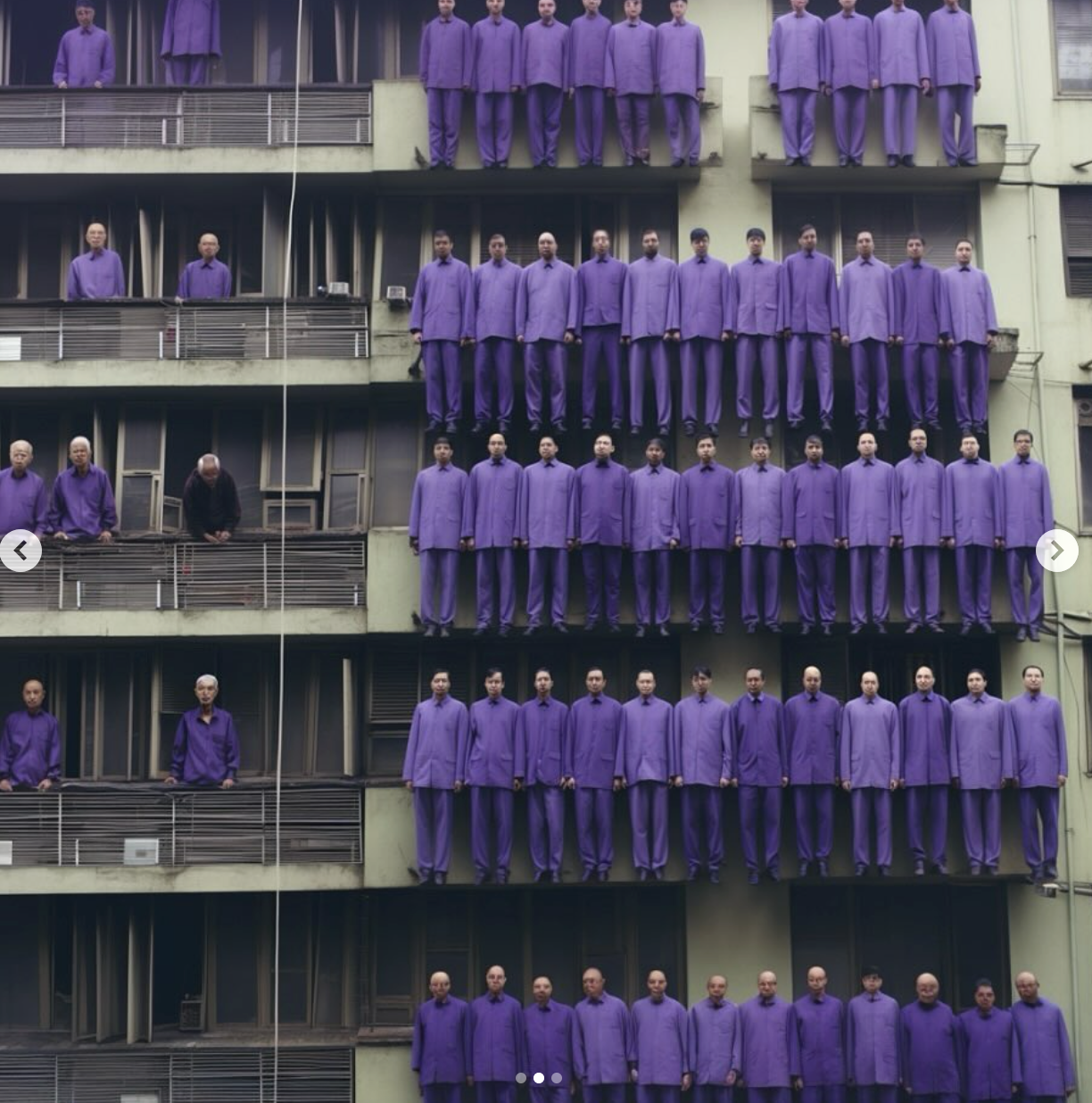
Bianca Tse Wai-shan, an advertising professional and AI artist, created these works. Enthralled by the unique charm of the Walled City, she chose it as the focal point of her theme. Digging into the Walled City’s history, she found that most of its documentation had been conducted by Japanese and Canadians, with notably scarce records originating from Hong Kong itself. “I felt a sense of pity. That’s why I was determined to make the Walled City the focal point of my creations,” Tse says.
It would often take her weeks and even months to complete each piece. The process began with extensive gathering of information, followed by brainstorming ideas, and then utilizing AI tools to create them. Tse frequently employed Midjourney — a text-to-image AI tool — to craft images, and then employed Adobe Photoshop for additional editing and refinement.
ALSO READ: Digital reset
Typically, Tse generates thousands of images for a single work, narrows them down to a few hundred, and selects the most fitting ones.
She goes further by producing videos and conducting interviews with former Walled City residents like “plumber king” Yim, and then pairs their narratives with AI-generated videos and photographs, aiming to record the real history of the Walled City.
Following Tse’s online sharing of her creations, her art swiftly garnered thousands of followers and tens of thousands of likes, as well as invitations to numerous exhibitions.
Expressing their gratitude, many viewers have told her: “Thank you. We’ve unearthed the Walled City.”
Contact the writer at oasishu@chinadailyhk.com


